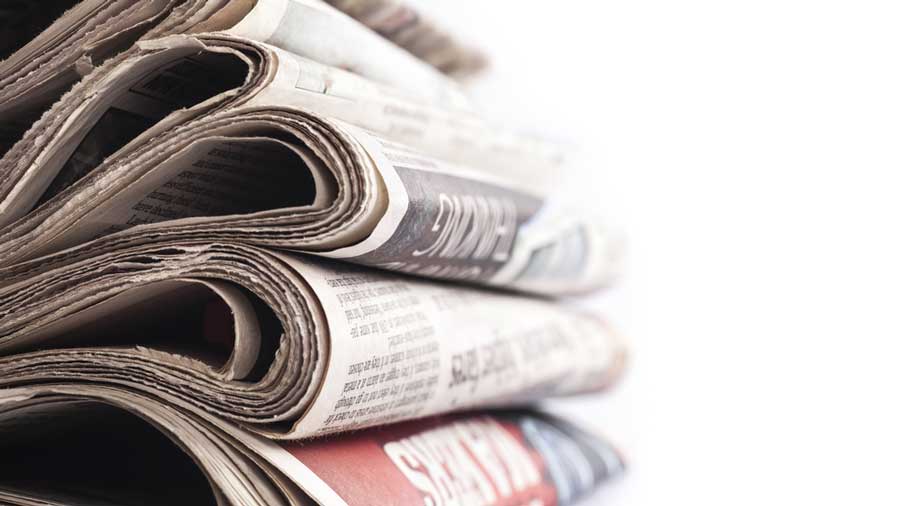Some years ago, amidst my struggles as a freelancer, I had an argument with a senior journalist who insisted that the only sustainable pattern of work was employment with media organizations. “Show me another viable model,’’ he snapped. I didn’t have any.
I hadn’t thought of that because for me the comfort in pursuing professions like those of the media and the arts is that you have room to think with your heart. I am okay with the data crunchers cornering space in the media. In the islands of alternative content providing relief for brain awash in data, I am happy to eke out my sustenance.
Among the major differences between an employed journalist and a freelancer is income. Freelancers’ earnings are tiny and irregular. If an aside is permitted, may I say it makes freelancers more sensitive to inflation. During the second innings of the Manmohan Singh government, I was months ahead of my employed colleagues in sensing inflation because I lived on a small income. They wrote of it when prices rose high enough to trouble their superior salaries.
During my self-funded travels, I live in cheap hotel rooms. At times, it has been the stuff of bed, claustrophobia, a ventilator for sunshine, a fan and a TV. The TV offers you free-to-air channels, some of them dressed in the attire of news. I say dressed because quite frankly I don’t consider Indian television news, with its accompanying music, suspense and drama, the stuff of news. Surfing channels for something watchable, I found that the news channels on offer were mostly right-wing. It meant that if you wanted coverage of content that is neutral or left-of-centre, the hotel owner had to subscribe to a costlier bundle. As a guest, I would have to be wealthy and capable of affording costlier rooms serviced that way. The liberal media is typically neutral to slightly left-of-centre. It felt strange that such an editorial tilt should be expensive to afford. I would call the formula conservative for you are valuing business model more than bringing engaging content to viewers. Of additional concern to me was that many respectable print publications of the liberal sort were going behind paywalls in their internet avatars. In the long run, a high-priced liberal media would result in a less informed, less sophisticated public. In turn, that will lead to less enjoyable, potentially hostile, social spaces. Free-to-air has relevance. The problem in persisting with this argument is that since free-to-air is less business and more charity, it points to an eventual situation of professionals working for less. This provokes the question: shouldn’t journalists also earn? That’s a touchy issue. Nonetheless, deep down I have this belief that going ahead, good journalism may be forced to abandon its equation with big money because nothing reinvents itself at high cost. Change entails risk; our appetite for risk is less when operating costs are high.
Another challenge involves the pitfalls in revenue sources like advertising. To extract maximum bang for the buck, advertisers are known to influence editorial decisions. How then will you argue against paid subscription as a safer source of revenue? All I can say is media organizations haven’t pushed their marketing teams enough to source advertisements.
The discussion mentioned here happened well before the last general election, which returned the right-wing to power. We found no relief from right-wing politics despite warnings from beyond the fence by the liberal media. When times get tough, as they have been in recent years, we end up living frugally. Free-to-air right-wing propaganda will stay our diet unless the liberal media has a change of heart and suspends that fence.

